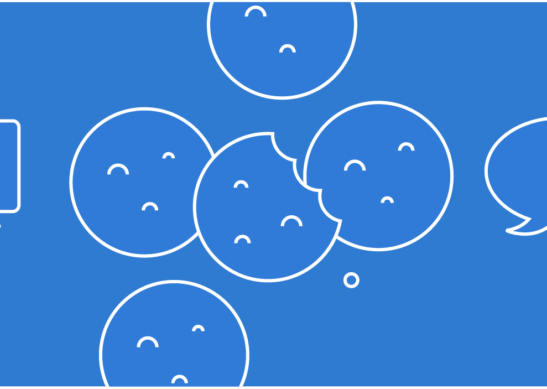Ain’t No Data Like First-Party Data
Brands race to sign up more digital customers for the post-cookie era while UK regulators ask Google to do a lot more to ensure competition.
Oh, and Jack Dorsey is out at Twitter. Lots to get into this week…
Clear Value Exchange
In case you hadn‘t heard, it‘s the year of first-party data.
As the Wall Street Journal framed it: “From brewers to fast-food chains to makers of consumer products, marketers are rushing to collect their own information on consumers, seeking to build millions of detailed customer profiles.”
Sounds smart. But there‘s a fine line between aggressive and intrusive – and many retailers appear in danger of going too far. Protocol reports that many are trying to use the surge in e-commerce to require people to hand over email addresses if they want in on holiday discounts.
The risk, of course, is alienating shoppers who may be just looking, or want to shop in guest mode. Plus, even if these brands are able to rack up more data this way, it‘s worth asking – how deep are these customer relationships?
Marketers like Kimberly-Clark‘s Zena Clark told Ad Age that the future of digital marketing will be about “getting these, these deeper relationships with the right permissions, the right engagement and the right value exchange.”
Clearly that is easier said than done, and it‘s likely we‘ll see more questionable tactics emerge as marketers try to amass as much information on customers as they can. Email addresses are just one piece; what brands really want, according to WSJ, is what they describe as a “golden record” which includes “dozens, even hundreds, of data points, on customers.”
Playing Nicely in the Sandbox
Is any regulator having a bigger breakout year than the UK‘s Competition and Markets Authority? While we in the ad industry watch Congress fail while questioning Big Tech executives and wait around for a national privacy law of sorts, the CMA is basically telling Google what to do and Google is listening.
Ok, so maybe that‘s exaggerated, but consider that the CMA was the driving force behind Google‘s decision to delay its cookie shutdown. And just after Thanksgiving, the body laid out an elaborate set of rules designed to make sure that Google‘s Privacy Sandbox initiative rolls out equitably across the ad tech world
Per AdExchanger: the CMA will consult on the new commitments – and receive public feedback – until December 17. If the CMA accepts its changes, Google said in a blog post that it will apply them globally.
The commitments Google is on board with so far include consistent monitoring, public testing efforts and more transparency regarding the use of consumer data.
Does this mean that Google‘s ad dominance is broken? Hardly. Still, it‘s rather remarkable how forcefully Google is being nudged by UK leaders. Will that happen in the US? Well, thanks to the Facebook whistleblower Frances Haugen, there is suddenly real momentum to revisit laws that have long protected platforms from being liable for what is transmitted on their sites and apps, reported the Wall Street Journal. This would likely be aimed at combating issues like hate speech and propaganda rather than targeting, but could force big changes to how social platforms fundamentally function — which would impact the entire ad industry.
BitterTweet Goodbye
Right now, it may sound nice to not have to bother with these data wars, and just deal with brand advertising and softer brand metrics. Well, that‘s where Twitter has been for a long while yet it hasn‘t paid off. As Ben Thompson of Stratechery pointed out, 85 percent of Twitter‘s ad demand during the just-ended Jack Dorsey-era was for brand advertising, leaving the company less vulnerable to cookie declines and, more importantly, Apple‘s ID moves. Yet Dorsey was never able to drive the growth investors wanted and that rivals like IG and Pinterest have been able to achieve — despite having millions of logged in, very prominent and influential users.
Perhaps first-party walled garden life isn‘t all that it‘s cracked up to be. Or perhaps, as Thompson notes, Twitter‘s unique nature makes it simply less hospitable to DR ads.
”Instagram is leisurely and an escape, something you do when you‘re procrastinating; Twitter is intense and combative, and far more likely to be tied to something happening in the physical world, whether that be watching sports or politics or doing work.”
As long as Twitter is considered doing work, we‘ll all be OK. That‘s all for this week. We‘ll see you next time.


